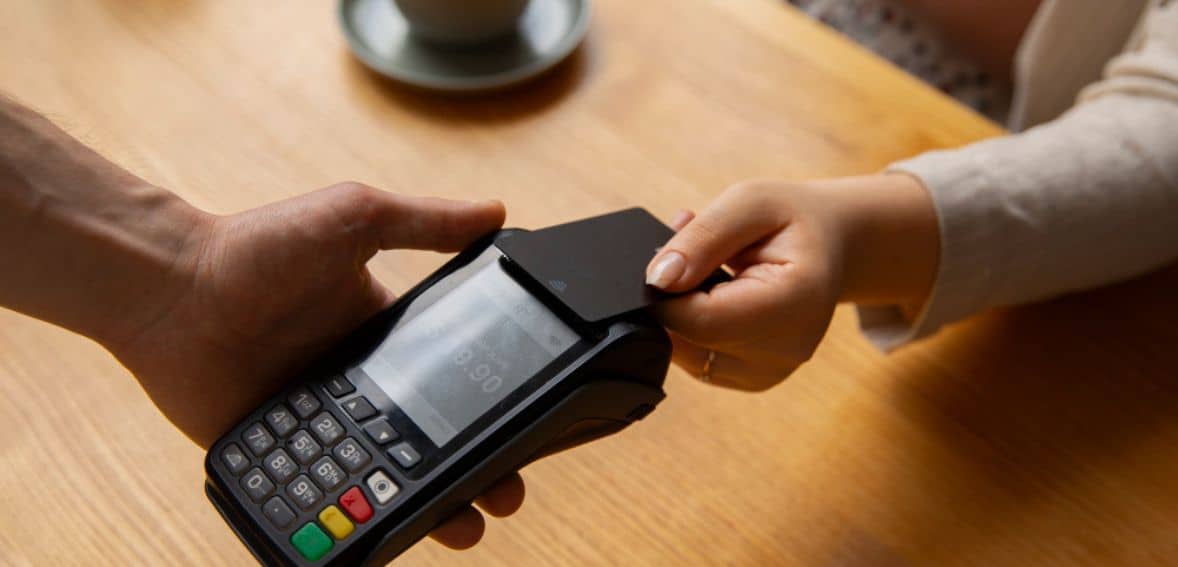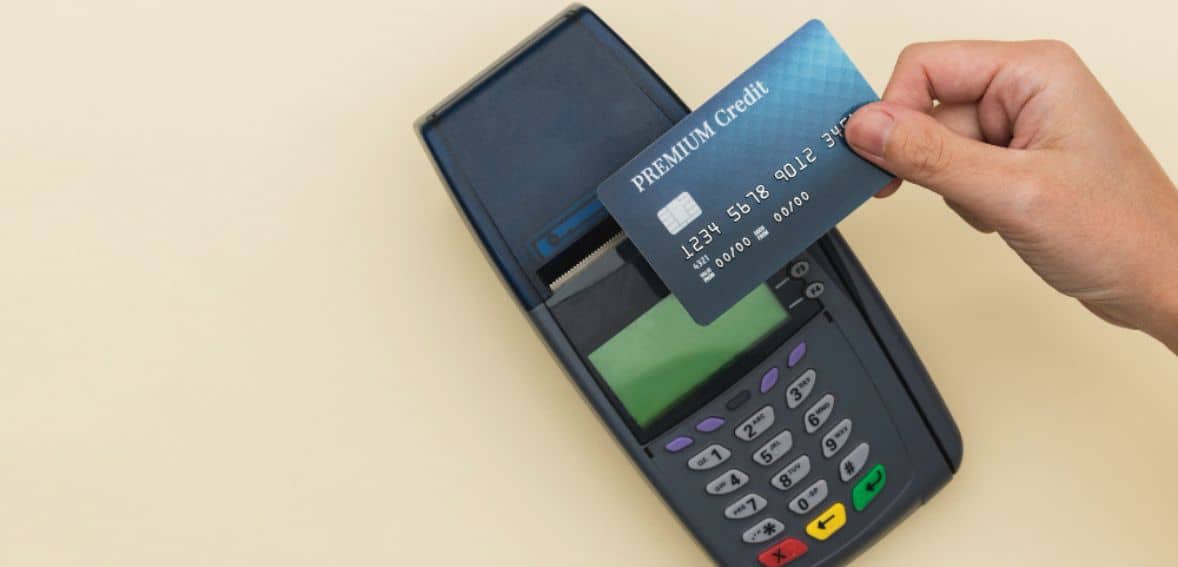
By Michelle Geoffrey September 17, 2025
Internet or power outages can interrupt payment processing, which impacts both merchants and customers. Having offline and backup payment options can ensure transactions remain uninterrupted during interruptions.
These solutions assist in maintaining customer confidence, minimizing downtime, and ensures sales continue to run even when offline. Being ready with payment alternatives is important to remain resilient and offer secure services all the time.
Possible Causes of Credit Card Outages
Credit card outages may occur due to numerous reasons—connection faults, equipment malfunctions, processor malfunctions, or even a power failure. At times, the reason might not be apparent immediately, but being aware of the possible causes will assist you in reacting more smartly and preventing unnecessary panic.
Firstly card processing system outage can happen if your payment provider has any issues, it can affect many businesses at once. For example, in 2021, a major processor went offline, and businesses nationwide lost access temporarily.
When this happens, there’s not much you can do except check your provider’s website, social media, or customer support for updates. Having a backup merchant account is a smart move during these times.
Secondly at times, the problem is with your own card reader. A hardware malfunction or out-of-date software can block payments from being processed. Keeping your device up to date stops such issues. Regularly update your software and ensure your card reader is functioning properly before accepting payments.
Let’s not forget internet connectivity issues, credit cards need the internet to process payments, whether through Wi-Fi, landline, or mobile network. If your connection drops, transactions can’t happen. Restarting your router or contacting your internet provider can help to fix this. Sometimes the outage is widespread, so checking sites like Downdetector can confirm if others in your area are facing the same issue.
Next we have widespread power outages. Storms, bad weather, or fallen power lines can shut down electricity and internet service. If this happens, call your power provider for information and have someone check your premises for broken lines or hanging trees that may extend the situation. Advanced preparation can keep you safe.
What to Do During a Power Cut In Your Payment Processing
When credit card processing is down, one needs to remain calm and act to correct the issue. First, identify what is causing the issue so you can respond accordingly. Contact your payment processor immediately and keep in touch while they sort out the issue.
A responsive processor will help you in no time, particularly if they know your business. In the meantime, inform your customers by posting a notice on social media or leading them to your webstore.
Providing updates or promotions can transform a frustrating experience into an assurance. It’s also a good thing to verify if the trouble lies with your card reader or terminal. Ensure your software is current and call your processor in case of repair or replacement needs.
Having options to fall back on, such as mobile payments card readers, cash transactions, or other digital wallets such as PayPal and Apple Pay, can maintain your sales even when your primary system fails. Utilizing compatible hardware and adhering to security guidelines will avoid future complications.
For companies located where outages often happen, it is a good investment to have a commercial generator. It keeps you operating during the storm or power outage when competitors are not, ensuring that you’re always prepared when customers need you.
How Does Offline Payment Work?

Offline payments are a useful alternative if you do not have an internet connection. When you attempt to make an offline payment, the terminal first confirms whether offline payments are enabled and if your card is configured to handle such a transaction.
It also ensures that the amount does not exceed the allowed limit and that the method of payment is enabled for offline usage. If all is well, the terminal securely holds your payment information to go ahead and process it. You will receive a receipt printed out or sent to your phone or email so that you can make the purchase seamlessly, even when offline.
The Benefits of Offline Payments for Consumers and Merchants

Consumers
Offline payments are convenient and secure for consumers. You can also set a safe PIN to secure your payments and conveniently check your wallet balance or previous transactions at any time. It’s easy to add money through UPI-based payments, and in case you ever decide to shut down your wallet, the money is refunded to your bank within a week.
Merchants
For traders, offline payments facilitate easier sales management even without a network. You can see the previous 50 transactions, view key information such as settlements and verifications, and display payment histories by date using a single click.
It also assists in monitoring pending payments and settlements and provides downloadable reports with transaction numbers, amounts, refunds, and adjustments. This facilitates easier offline payment management.
Important Considerations for Offline Card Payments
Offline card payments are a useful fallback for businesses, but there are some key things your merchants need to remember in order to get the best out of them and keep risks to a minimum. One of those things is that offline purchases aren’t stored in the system indefinitely. Payments can be held by the processor for as little as 24 to 72 hours before expiring.
For instance, if a trader is in a rural district with limited coverage and only has 24 hours to come back online, they might forfeit the payment if they don’t come back online within that time. So it’s critical that they understand how much time they have to transmit payments.Another thing to be aware of is fraud. Offline payments can’t be verified in real-time, which means there’s a bit greater opportunity for fraud or declines.
While it’s not likely, merchants need to have low limits for offline transactions to avoid huge losses. Offline payments are best suited for small transactions where outage problems are simpler to manage, providing a convenient method to accept payments without excessive risk. Training merchants on best use and remaining in touch ensures seamless operation.
Offline Payment Types

In the absence of internet connectivity, organizations can make payments via two primary offline modes:
Offline EMV Payments
This technique allows the terminal to verify the card’s chip and confirm the PIN without online authorization. The card itself determines whether the payment can be processed, depending on its configuration. Offline EMV payments tend to have a higher success rate, particularly with major credit cards, but many debit cards lack this feature.
Store-and-Forward Payments
Here, the payment terminal confirms the transaction without verification from the bank. It’s convenient, but with a higher likelihood of being declined later. It’s applicable to both credit cards and debit cards with contact or contactless chips and allows PIN or signature confirmation. It’s not, however, accepted by local card networks, QR wallets, or magnetic stripe transactions.
Other Offline Payment Alternative

Cash Payments
Cash is the simplest and most accepted method of making payments. The customers just pay in cash, and the company gets it instantly. There are no fees charged on transactions, so it is an inexpensive method. But dealing with cash has its downsides.
Keeping a lot of cash on hand can be risky, and it can be stolen or lost at any time. Furthermore, cash is not convenient for high-value transactions because it is inconvenient to carry.
Check Payments
Checks are another old-fashioned way used primarily for big payments. A check is written out by the customer, and the bank transfers funds to the business. This is a useful method as it leaves a paper trail, which can be easily followed when tracing payments.
It even permits customers to post-date checks if they wish to schedule future payments. But checks have to be cleared on time, and occasionally they bounce or there are additional processing charges, which delay or complicate things
Bank Transfers
Bank transfers are a secure way to move money directly from one account to another. They work especially well for businesses handling large payments or needing a reliable record of transactions.
Wire transfers are faster but can come with higher fees. While bank transfers are safe and efficient, they sometimes require internet access and can take varying amounts of time depending on the banks involved.
In-Store Payments
In-store payments occur directly at the checkout area, where customers can pay via cash, check, or credit card. This process offers the opportunity for businesses to interact with their customers personally, which helps to build trust.
In-store payments, however, need the customer’s physical presence, which might restrict transaction times according to store operating hours. Moreover, handling in-person payments might be more costly for businesses.
How Backup Processing for In-Person Transactions Helps Businesses
Having backup methods for in-person transactions is a wise decision for businesses nowadays. While most online shops have multiple payment options, in-person payments are not necessarily as versatile. Most POS terminals depend on software that stores transaction information securely when the internet fails.
When the connection is resumed, the terminal forwards the payment for approval and finishes the process. These systems are designed to secure credit card data and ensure you don’t lose a sale simply due to a brief loss of power, enabling you to serve customers seamlessly even when things go offline.
What Businesses are Doing to Prepare
Businesses are doing many things to stay ready and continue payments flowing during electricity outages. Others are equipping POS terminals with battery backup so that they can continue to process transactions during outages. Others have small generators that supply power to their systems for several hours.
Some stores permit offline card payments to some extent to continue serving customers during emergencies. Training personnel to carry out manual sales is also a good decision. Many small stores that lack such facilities are forced to close up shop during extended outages.
Future Trends of Power Cut Payments

The role of non-banks and technology firms in offline payment channels is increasing with the collaboration with conventional banks. Banks handle the fundamental payment processes while technology providers develop tools and interfaces that enable simple and quick transactions. This collaboration enables companies to provide more secure and stable payments, particularly where internet connectivity is poor.
Meanwhile, enhancing customer experience is also a high priority. Contactless cards, mobile wallets, and smart payment gateways are being used by most companies to ensure seamless checkout. With the help of technologies such as AI and machine learning, businesses can understand customers’ requirements better and provide them with personalized payment choices, which enhances trust and loyalty.
Offline payments are also flourishing with collaborations between banks, fintechs, and non-banks. Banks provide stability by ensuring rules are abided with stable infrastructure, while fintechs create creative solutions, and non-banks provide additional functionalities such as rewards and loyalty programs.
Combined, these partnerships make offline payments more secure and easy, enabling businesses to fulfill their customers’ demands and remain competitive in an ever-evolving digital landscape. Being aware of these trends assists businesses in selecting appropriate payment solutions and offering smooth, efficient services.
Conclusion
Having back-up and offline payment options available ensures that businesses remain ready to carry out operations even during sudden power or internet disruptions. By providing multiple payment modes, you can ensure smooth transactions and build customer trust even during interruptions.
Preparing ahead not only safeguards your revenue but also guarantees a superior customer experience during disruptions. Be proactive and invest in strong solutions to make your business run seamlessly without disruptions.
FAQs
Why are backup payment solutions important?
Backup solutions help businesses continue transactions during power or internet outages, ensuring sales aren’t lost and customers stay satisfied.
Can offline payments really work without the internet?
Yes, offline payments use stored data or alternative networks like Bluetooth, allowing transactions even when connectivity is down.
Are offline payments secure?
Offline payments are encrypted and secured protocols, but companies must adhere to best practices for avoiding fraud and data breaches.
What are the alternatives to backup payments that businesses can provide?
Companies may provide cash, mobile wallet payment, or Bluetooth-enabled card readers as a backup when outages occur.
How quickly must companies reestablish connection when an outage occurs?
Reconnect as soon as possible, preferably in the offline window (24–72 hours) to settle pending transactions and prevent declines.